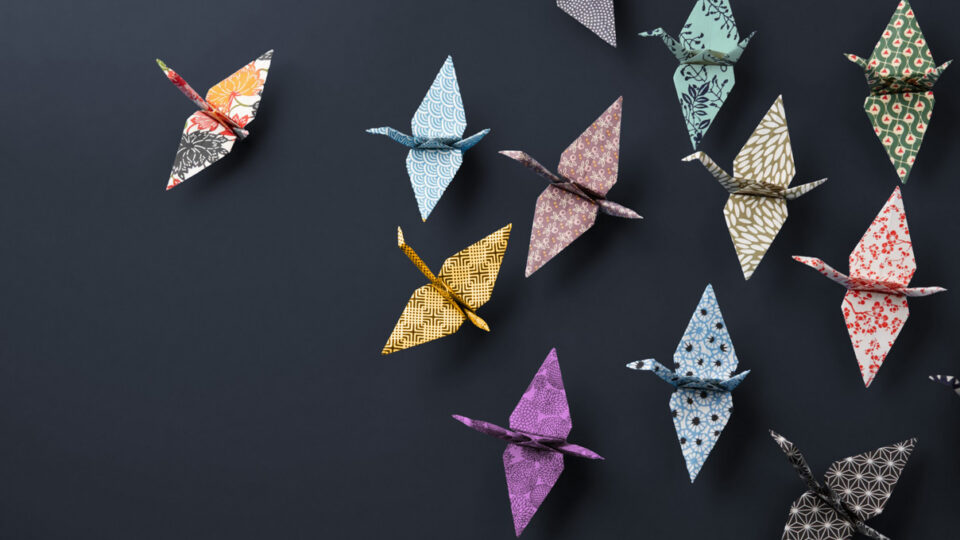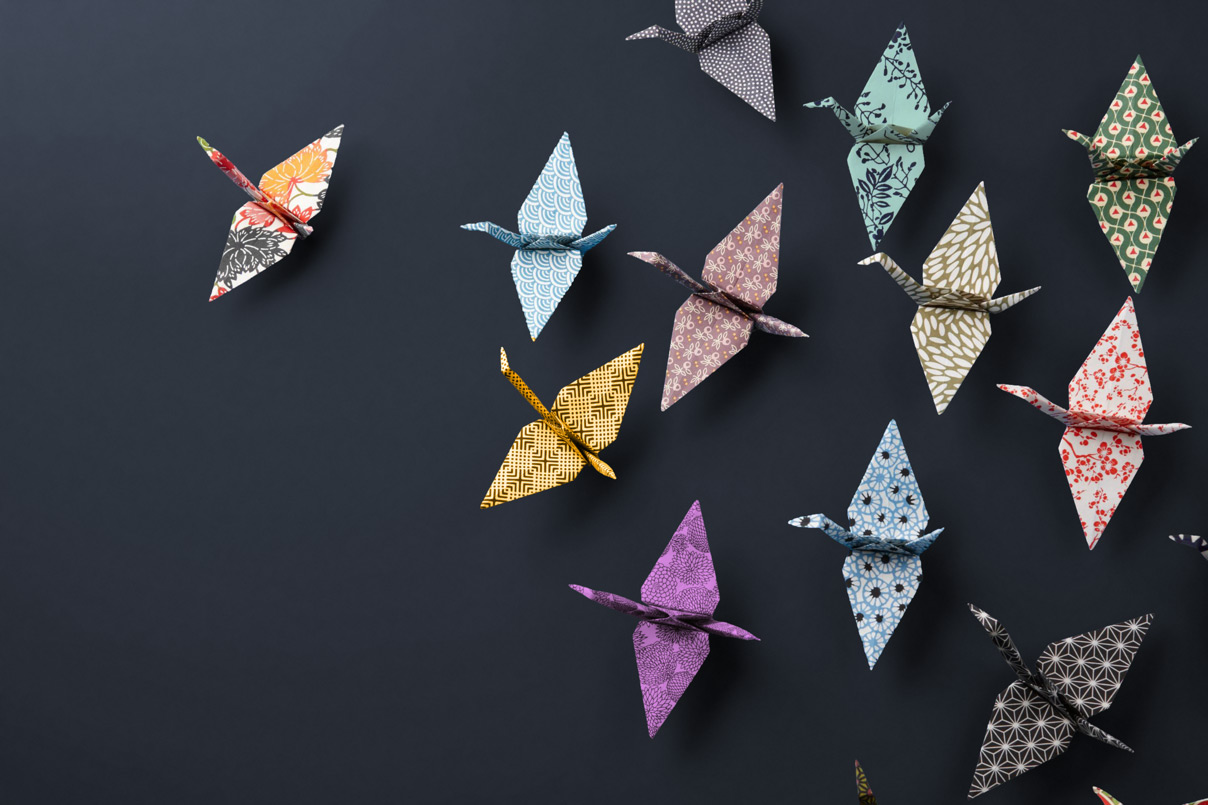
24 Feb2017

share



To view the original article click here
Got ‘em? Now notice how thinking of those five things made you feel. If you laughed at the silliness of your ideas, you’re feeling one of the positive benefits of creativity—and you didn’t have to write a single sentence or draw a single line.
Creativity comes in all shapes. What you just engaged in is a sample of the practical, problem-solving kind that we engage in every day.
In fact, it’s one kind of what’s called “everyday creativity” by the people who study the subject. They also call it “little c” creativity, as opposed to the “big C” kind that stands for works of genius and great art.
The Benefits Of Creativity
Practicing creativity generates a lot of payoffs. I’ll give you some ideas on how to boost yours in just a minute. But, according to researchers Ebersole & Hess, (1998) here’s a list of things that creative expression may do for you:
In addition, creativity can help you build better relationships. Imagining how things look through another person’s eyes can enhance your empathy and understanding. And deciding to try a different way of responding than usual when someone irritates or annoys is a creative way to avoid difficulties.
Studies of older people who practice creativity found that they stayed healthier longer and enjoyed health more, had fewer visits to health care providers, used fewer medications, were more outgoing, had higher moral, and were more socially active, less lonely, and more optimistic.
Ruth Richards, psychology professor at Saybrook University and Harvard Medical School says that engaging in creative behaviors makes us more dynamic, conscious, non-defensive, observant, collaborative and brave.
“It makes you more resilient,” Richards says, “more vividly in the moment, and, at the same time, more connected to the world.”
And of course, one of the best rewards of practicing creativity is that it’s just plain fun.